Peter Schiff: The Jobs Report Was Weaker Than Headlines Suggest
Despite the addition of a better than expected 850,000 jobs in June, the unemployment rate ticked up to 5.9%, The anticipation was that it would drop to 5.6%. The media spun this as a fantastic jobs report, focusing on the headline number of jobs “created.” Peter Schiff talked about it in his podcast and said it was a weaker report than the headlines would suggest. And the really bad news is unemployment and prices are rising together.
In the first place, Peter pointed out that these aren’t really new jobs being created. They are jobs restored.
These are jobs that we temporarily set aside due to COVID and now we’re simply bringing them back. So, it’s not really about an economy creating all these new jobs. We’re just restoring the jobs that we temporarily eliminated due to COVID.”
The unemployment rate was expected to drop. The move to 5.9% exceeded the upper end of the range of expectations. Meanwhile, the labor force participation rate was expected to improve. It remained exactly the same at 61.6%.
So, we are not pulling more people out of the sidelines back into the game when it comes to employment. They are sitting on the sidelines, I guess collecting their unemployment checks.”
Most of the job growth was once again in the service sector as restaurants open back up. The number of manufacturing jobs grew less than expected. The projection was for 27,000 new jobs in that sector. The actual number came in at 15,000.
There were also signs that inflation is spilling over into the labor market. Wages were up. The year-over-year rise was 3.6%. If you go back just one month, the year-over-year rise was 2%.
Other data that came in last week signaled the economy isn’t nearly as strong as a lot of people seem to believe.
The May trade deficit was $71.2 billion. The April number was also revised up from $68.9 billion to $69.1 billion.
The trade numbers tell the truth about how bad the US economy is, how malinvested and misallocated our recourses are that we are hemorrhaging all of this red ink.”
These huge deficits result from the fact that the US prints trillions of dollars but doesn’t produce a lot of goods.
In order to buy goods with all this printed money, we end up buying the goods that are produced abroad, and the result is a big trade deficit that ultimately is going to put a lot of downward pressure on the dollar and therefore upward pressure on prices.”
Manufacturing data also came in lower than expected. But the data that keeps coming in hotter than expected is inflation data. If you look at the “prices paid” components in these reports, they are hitting extremely high levels, some going back to highs seen in the 1970s.
Peter said that there isn’t any evidence that we’re near a peak in prices. In fact, he expects the real price increases to start when the dollar rolls over.
We’re seeing all of this price pressure even though the dollar isn’t going down. But once the dollar really starts to go down, then that is going to exert even more upward pressure on prices.”
The markets liked the tick up in unemployment because it ostensibly decreases the likelihood that the Federal Reserve will make any move to tighten monetary policy in the near term. Stocks rallied and the dollar weakened slightly. Gold and silver were up a bit, although investors in those markets still seem to be pricing in tightening.
It seems like it’s taking longer to price this stuff back out. But eventually, the markets are going to realize that this whole thing was a head-fake, that they had it right before, that the Fed is going to stay looser for longer, that we shouldn’t have moved forward the expectation for when the Fed is going to finally start to hike rates or when the Fed is going to begin to taper. We need to push those expectations back even further. That doesn’t mean that the Fed isn’t eventually going to raise rates, or it isn’t eventually going to start shrinking its balance sheet. But it’s not going to be because the Fed wants to. It’s going to be because the Fed has to — because the Fed has no choice. They are never going to deliberately pull the rug out from under the economy, out from under the markets. They are going to do everything they can to keep the air from coming out of this bubble. And so, when we finally do get that interest rate move up, it’s going to be in reaction to a crisis. It’s going to be because inflation is already such an enormous problem that it is damaging the economy and it is damaging the dollar to the point where the Fed finally feels that the price of doing something about it outweighs the cost of doing nothing about it.”
But the markets are still buying into the “inflation is transitory narrative.” In fact, rising unemployment plays into this storyline. A lot of people simply equate high inflation with higher employment. If more people aren’t working, that takes away some of the inflationary pressure. Some people will take rising unemployment as a signal that the Fed has got it right.
What they don’t realize is that we’re going to get much more inflation than the markets expect, but a weaker labor market than the markets expect. It is stagflation. And so when the Fed is ultimately forced to tighten monetary policy, it’s going to do it into a weakening economy, into a weakening labor market. Not a strengthening labor market. And of course, it’s going to be too little too late. It is not going to work. The only way it would work is if the degree to which the Fed tightened was something akin to what Paul Volker did. The problem is we can’t even come close to affording even a fraction of what Volker did because of the enormity of the debt as compared to what the debt was back then.”



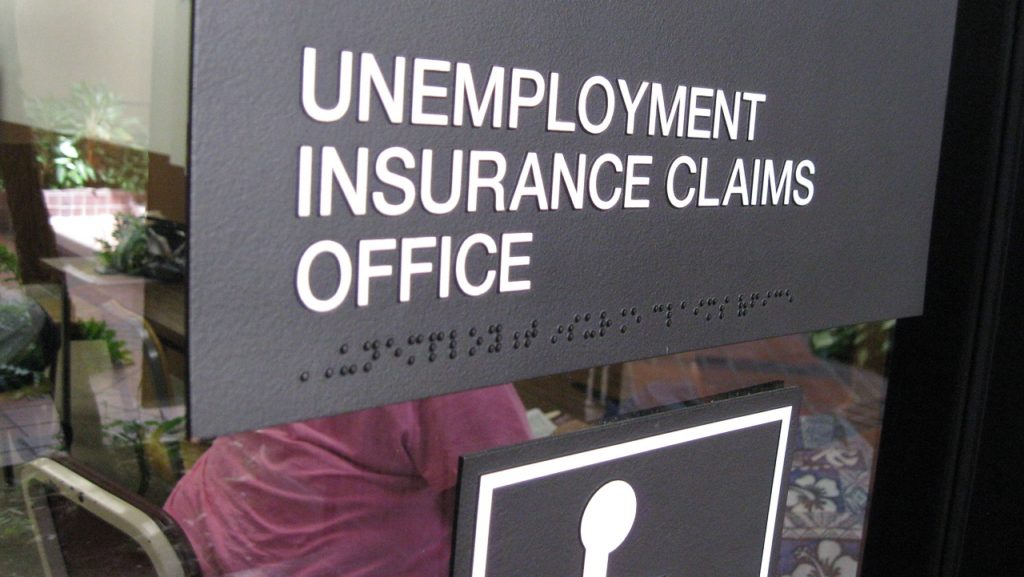

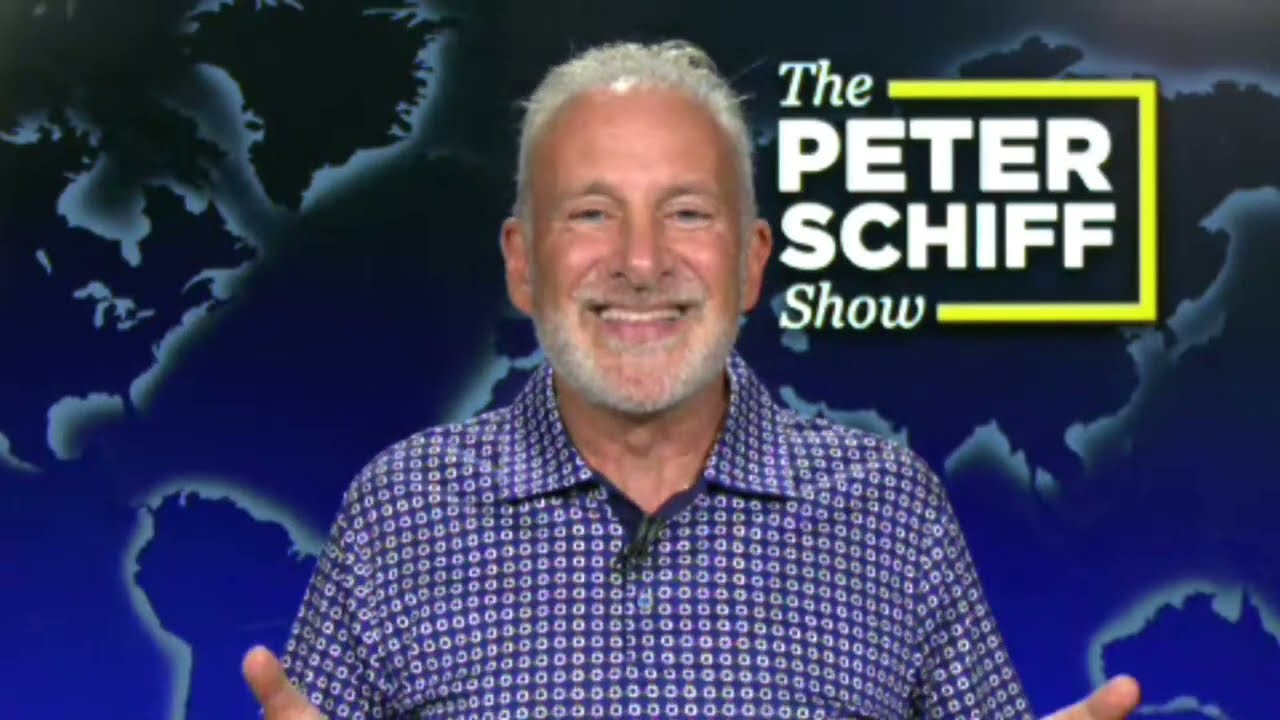 Peter leads off this week with an episode covering last Friday’s stock catastrophe, Bitcoin’s recent performance, and the start of President Trump’s so-called “hush-money” trial.
Peter leads off this week with an episode covering last Friday’s stock catastrophe, Bitcoin’s recent performance, and the start of President Trump’s so-called “hush-money” trial.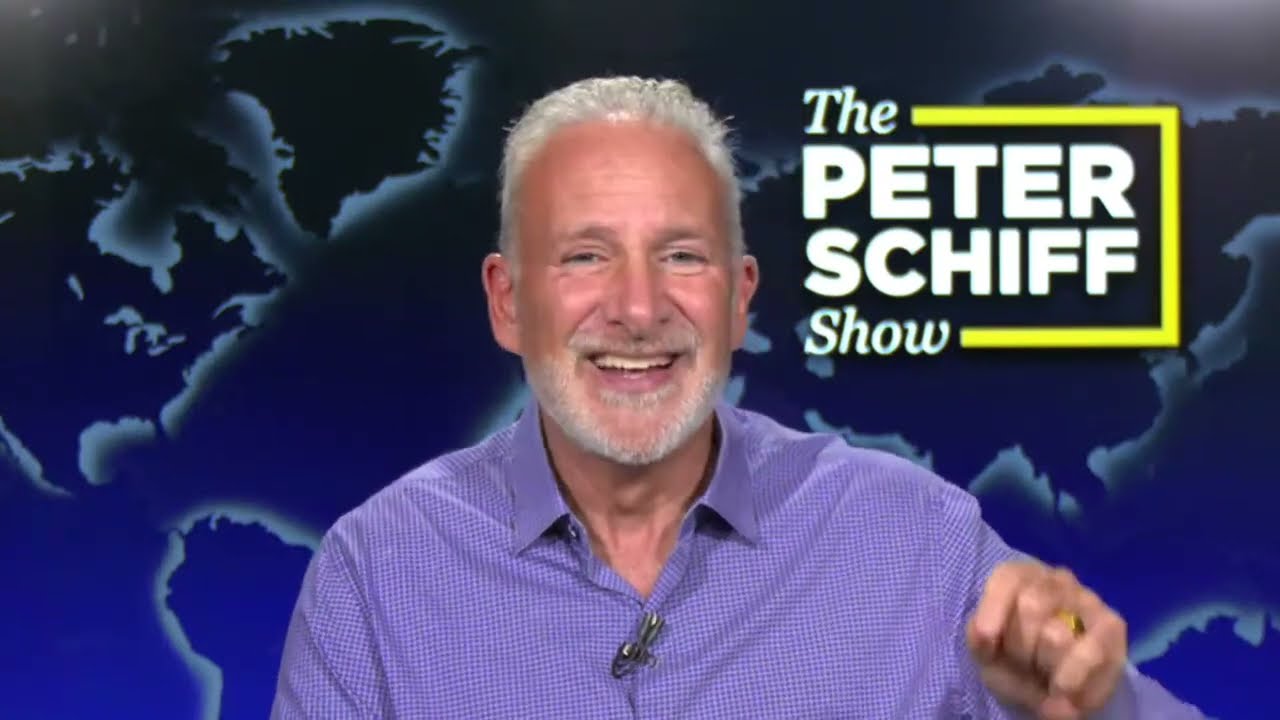 Peter’s back in Puerto Rico this week for his podcast after another week of record gold prices. In this episode, he discusses media coverage of inflation, this week’s CPI report, and Bitcoin’s weakening price relative to gold.
Peter’s back in Puerto Rico this week for his podcast after another week of record gold prices. In this episode, he discusses media coverage of inflation, this week’s CPI report, and Bitcoin’s weakening price relative to gold.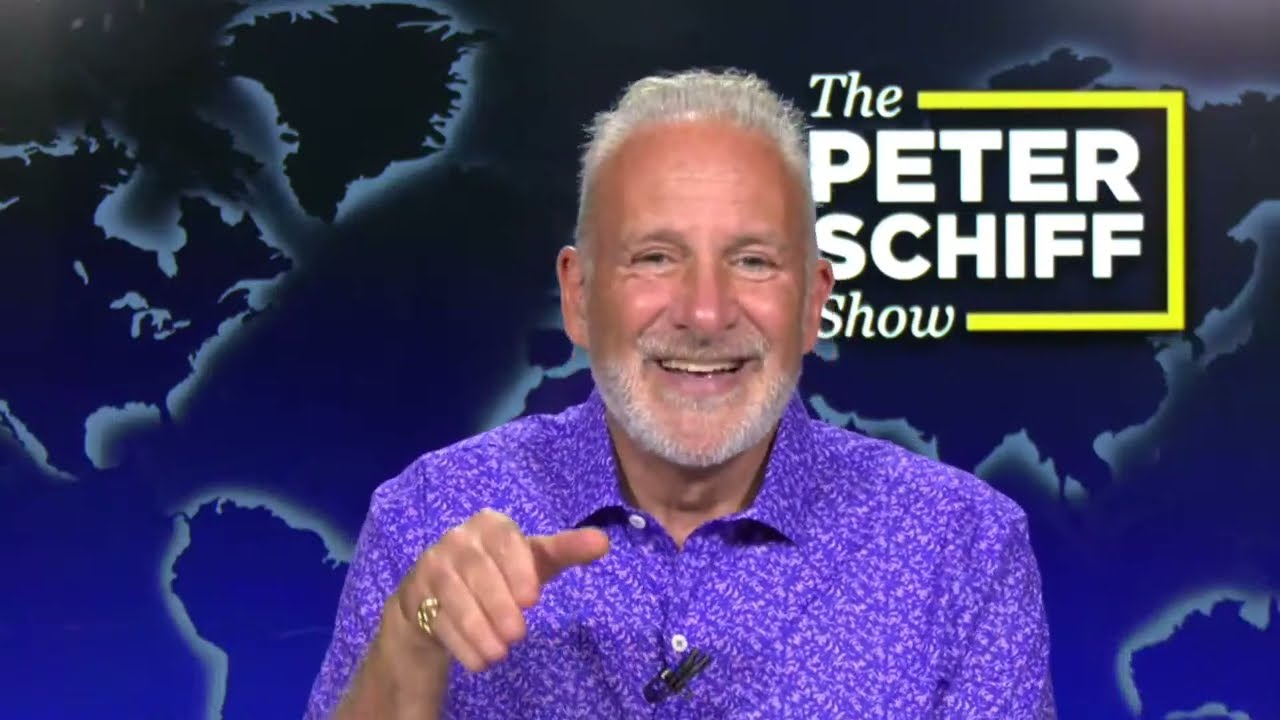 This week Peter recaps another stellar week for precious metal. He also discusses Friday’s jobs report, commodity prices, and Bitcoin.
This week Peter recaps another stellar week for precious metal. He also discusses Friday’s jobs report, commodity prices, and Bitcoin.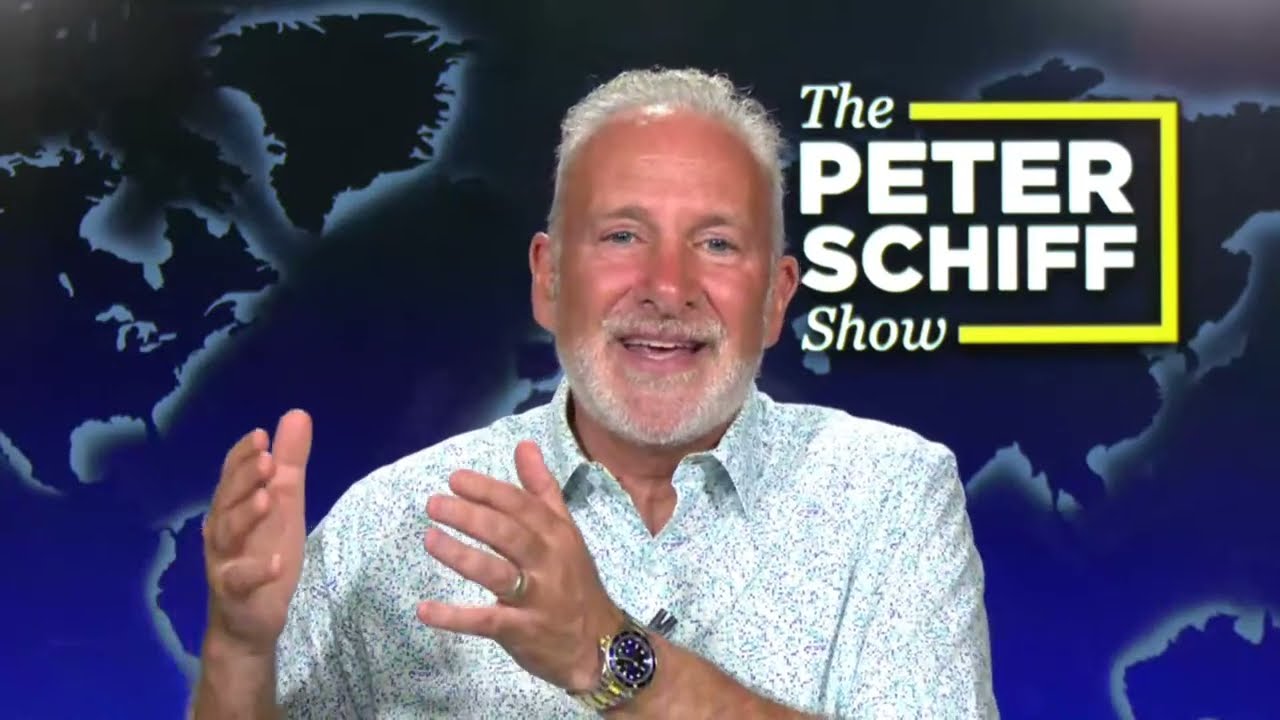 This week Peter returned from vacation, and he was just in time for a surge in the price of gold. He discusses the factors contributing to gold’s record prices, the similarities between today and the 1970s, and data pointing to future inflation in America.
This week Peter returned from vacation, and he was just in time for a surge in the price of gold. He discusses the factors contributing to gold’s record prices, the similarities between today and the 1970s, and data pointing to future inflation in America.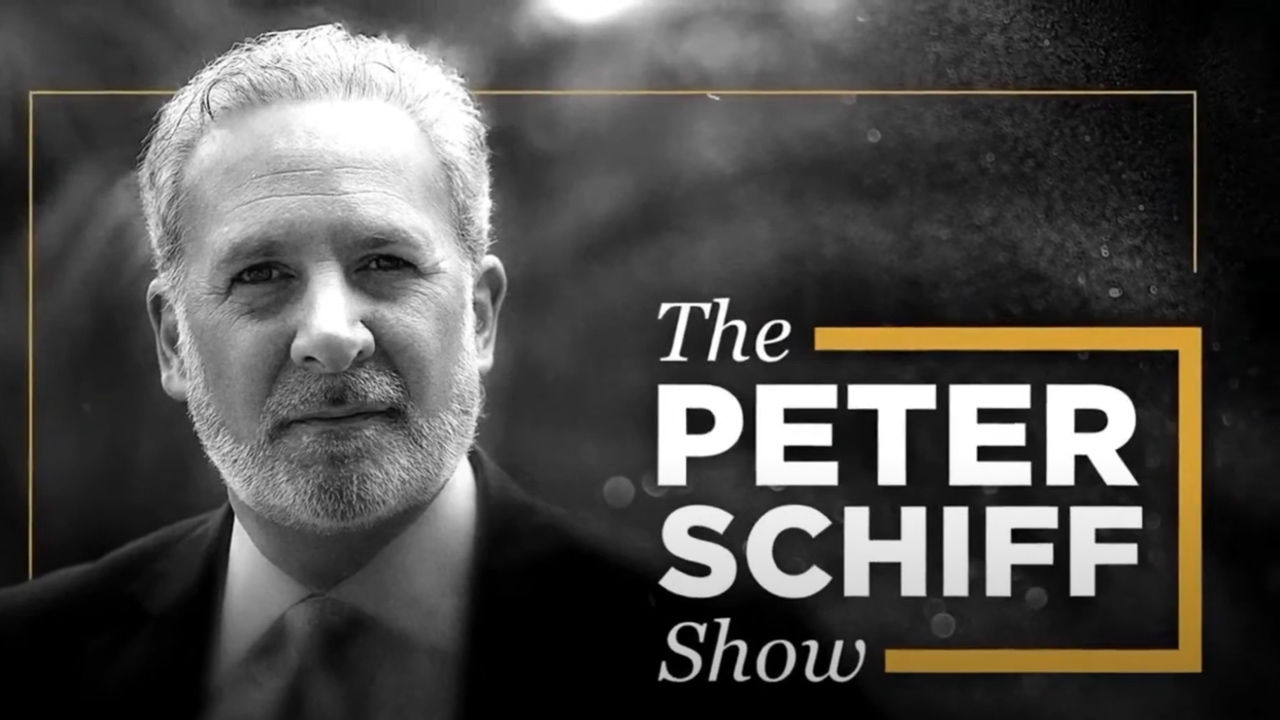 This time Peter tackles Jerome Powell’s speech from Wednesday, in which he announced that the Fed is holding the federal funds rate between 5.25 and 5.5%. He also briefly discusses Bitcoin’s pullback and the media’s lies about Donald Trump.
This time Peter tackles Jerome Powell’s speech from Wednesday, in which he announced that the Fed is holding the federal funds rate between 5.25 and 5.5%. He also briefly discusses Bitcoin’s pullback and the media’s lies about Donald Trump. 